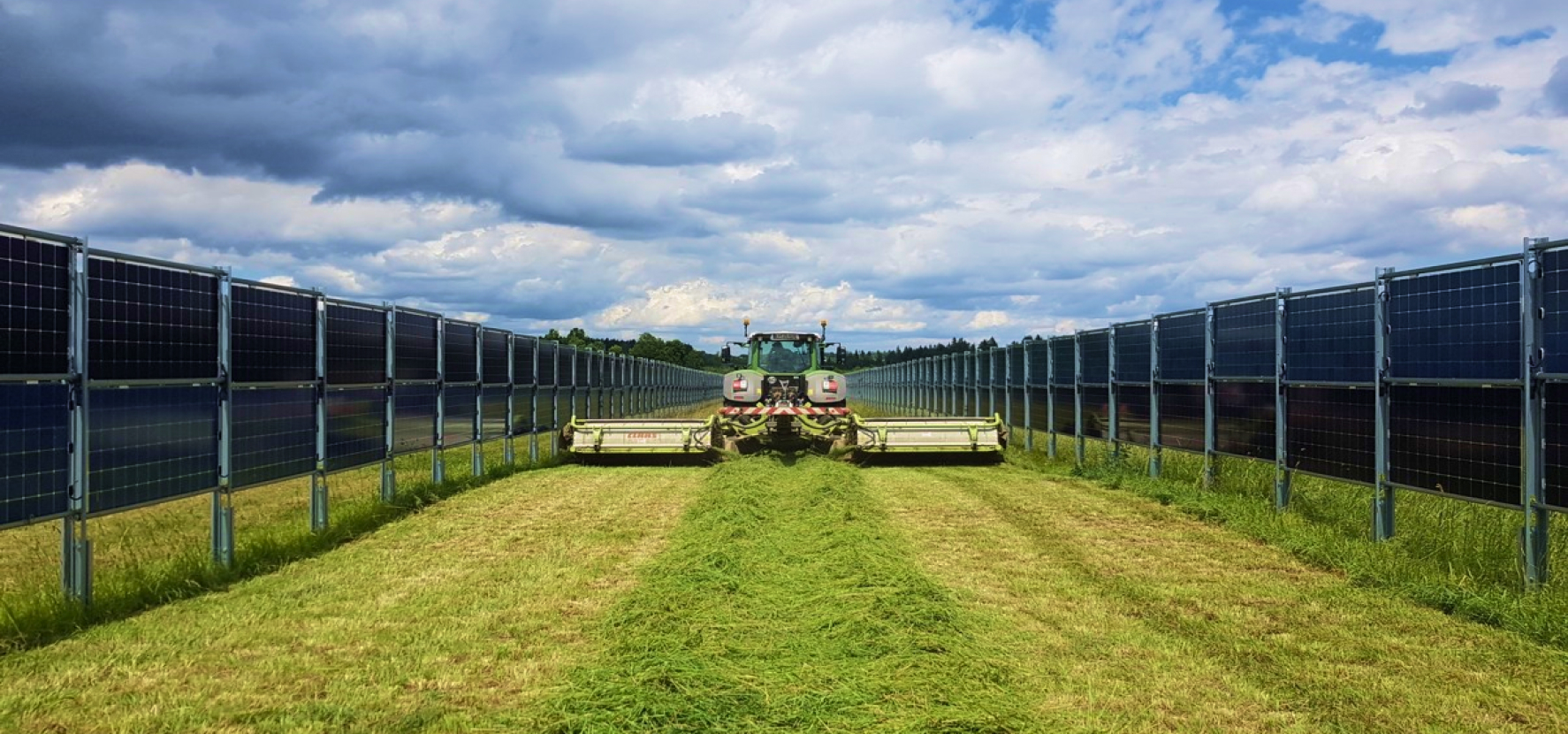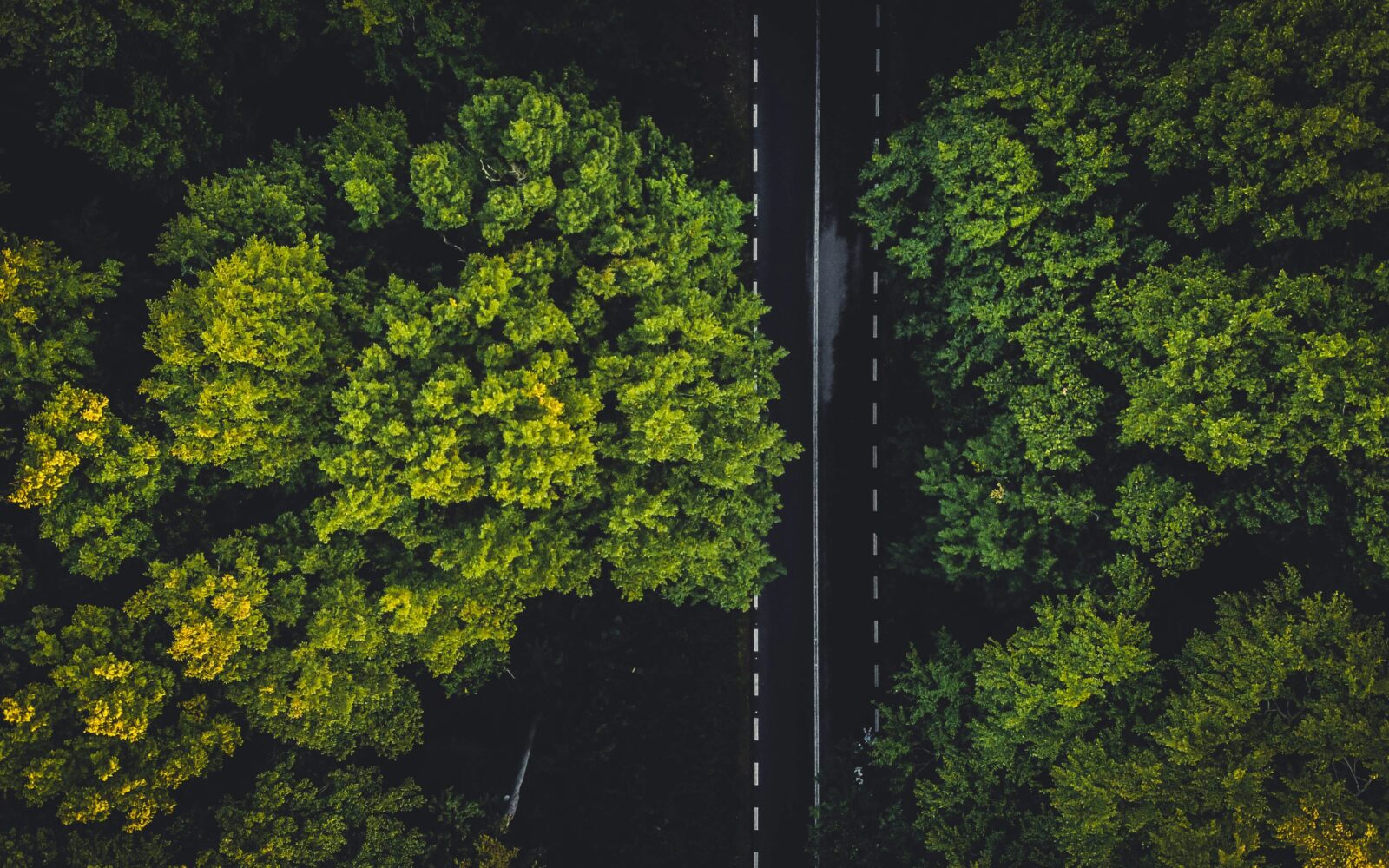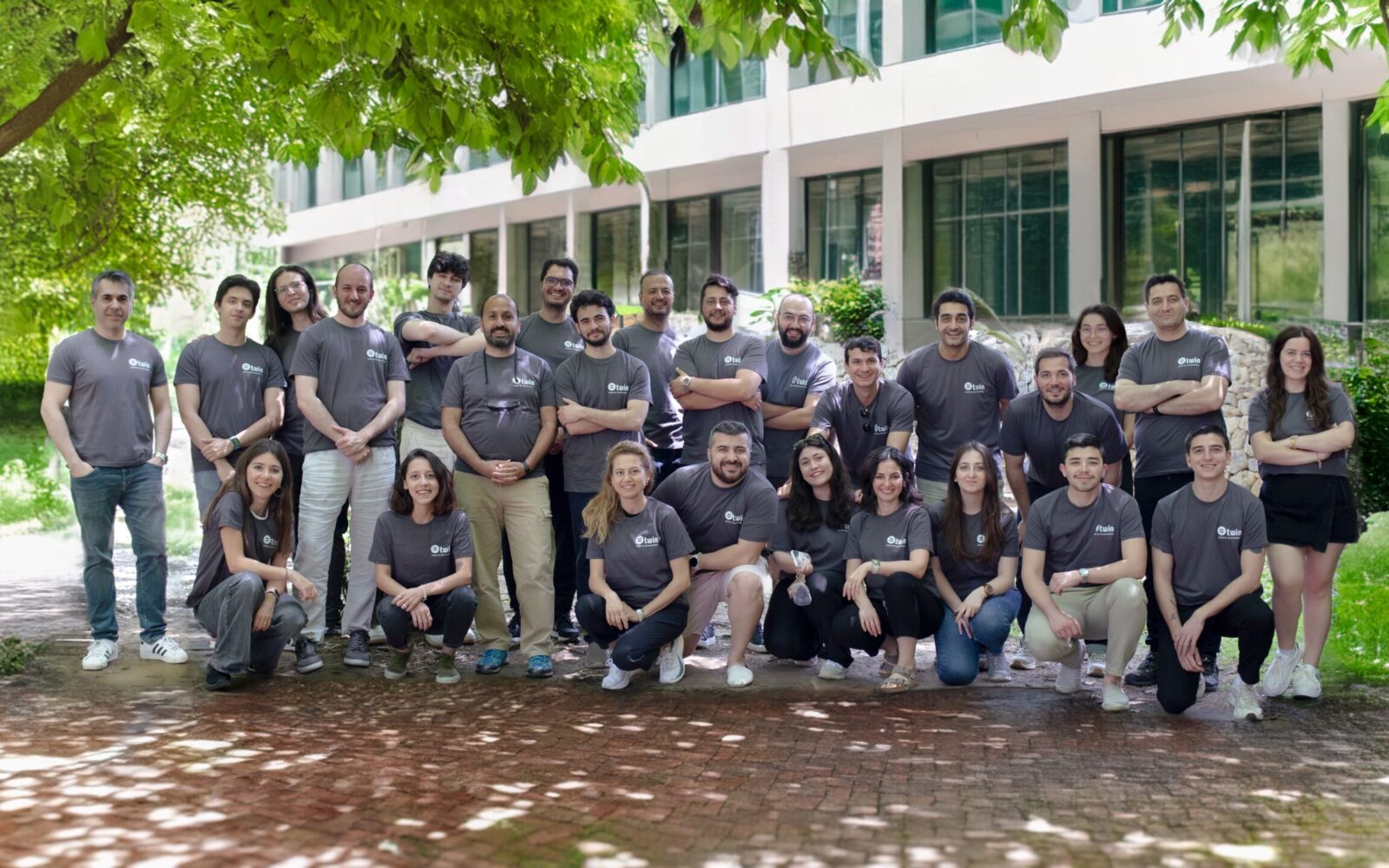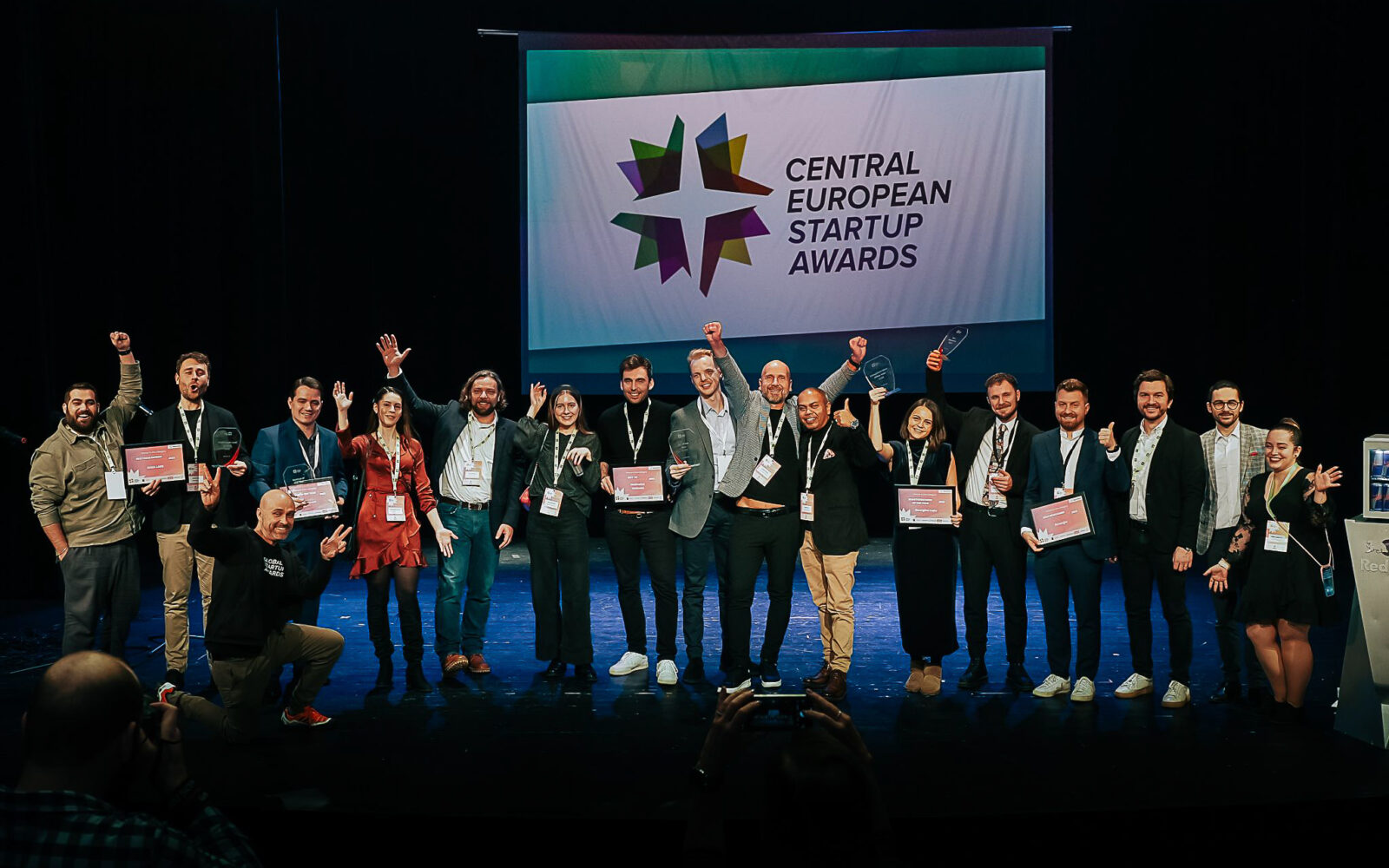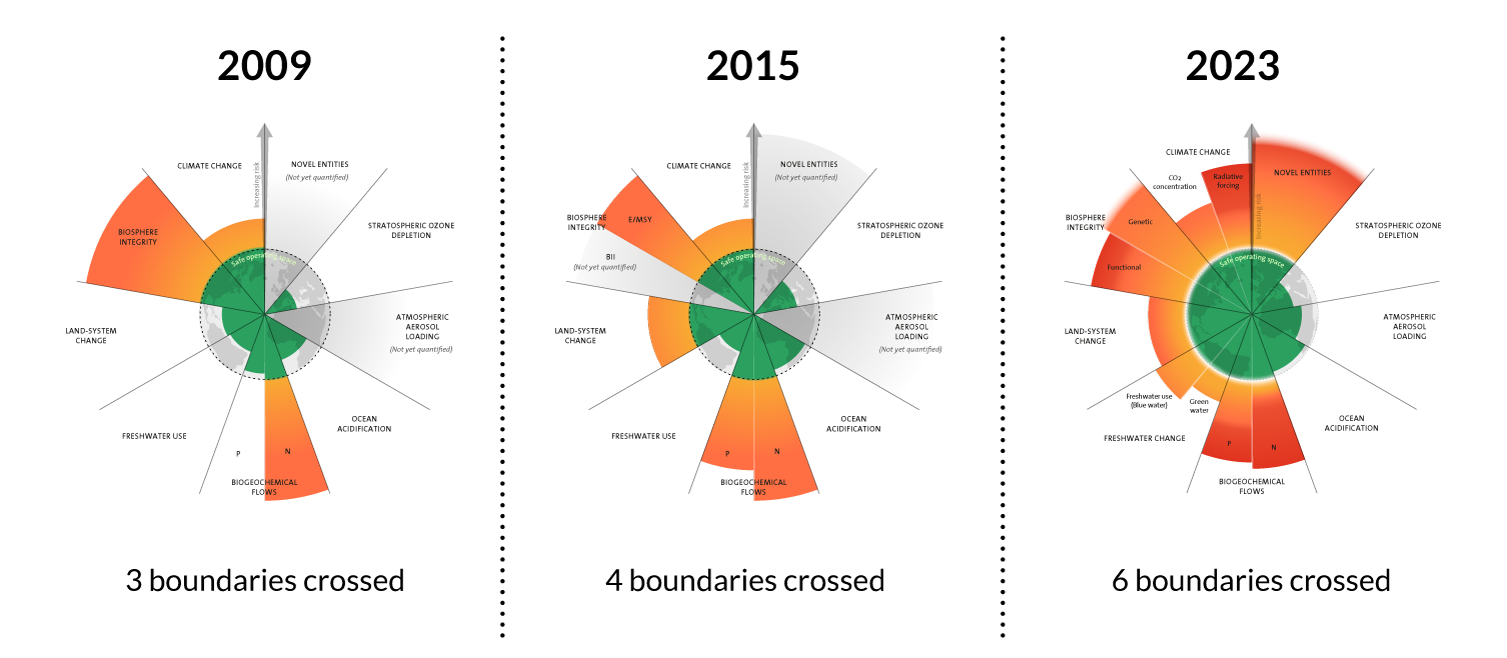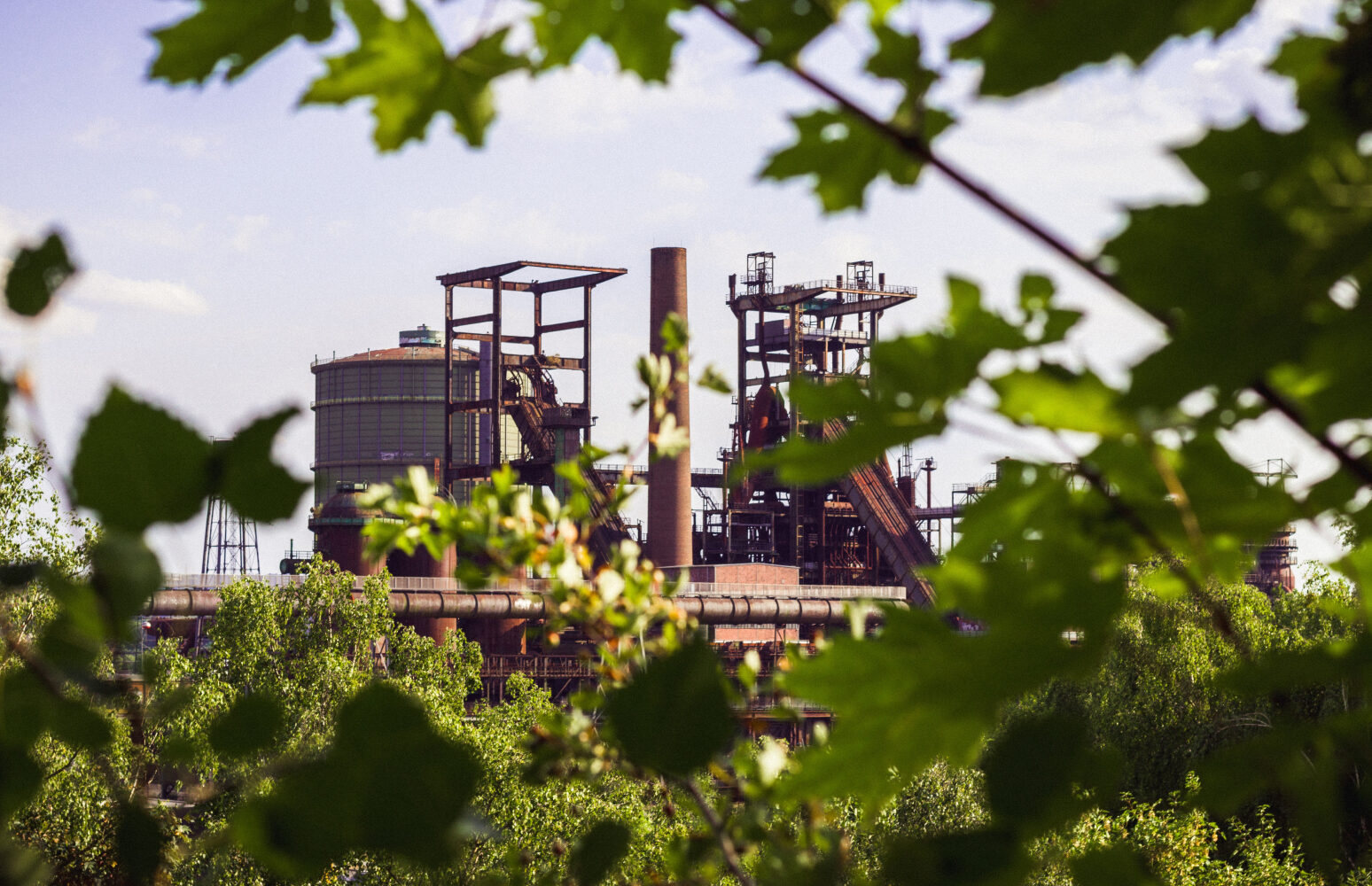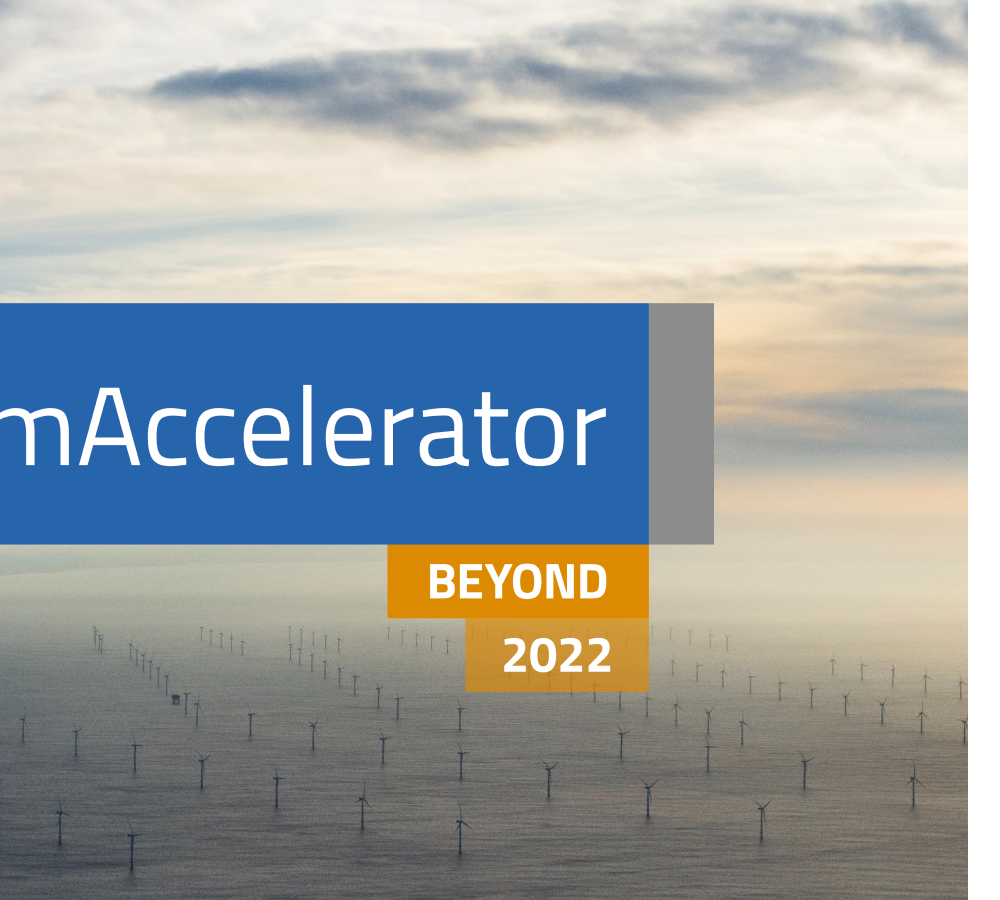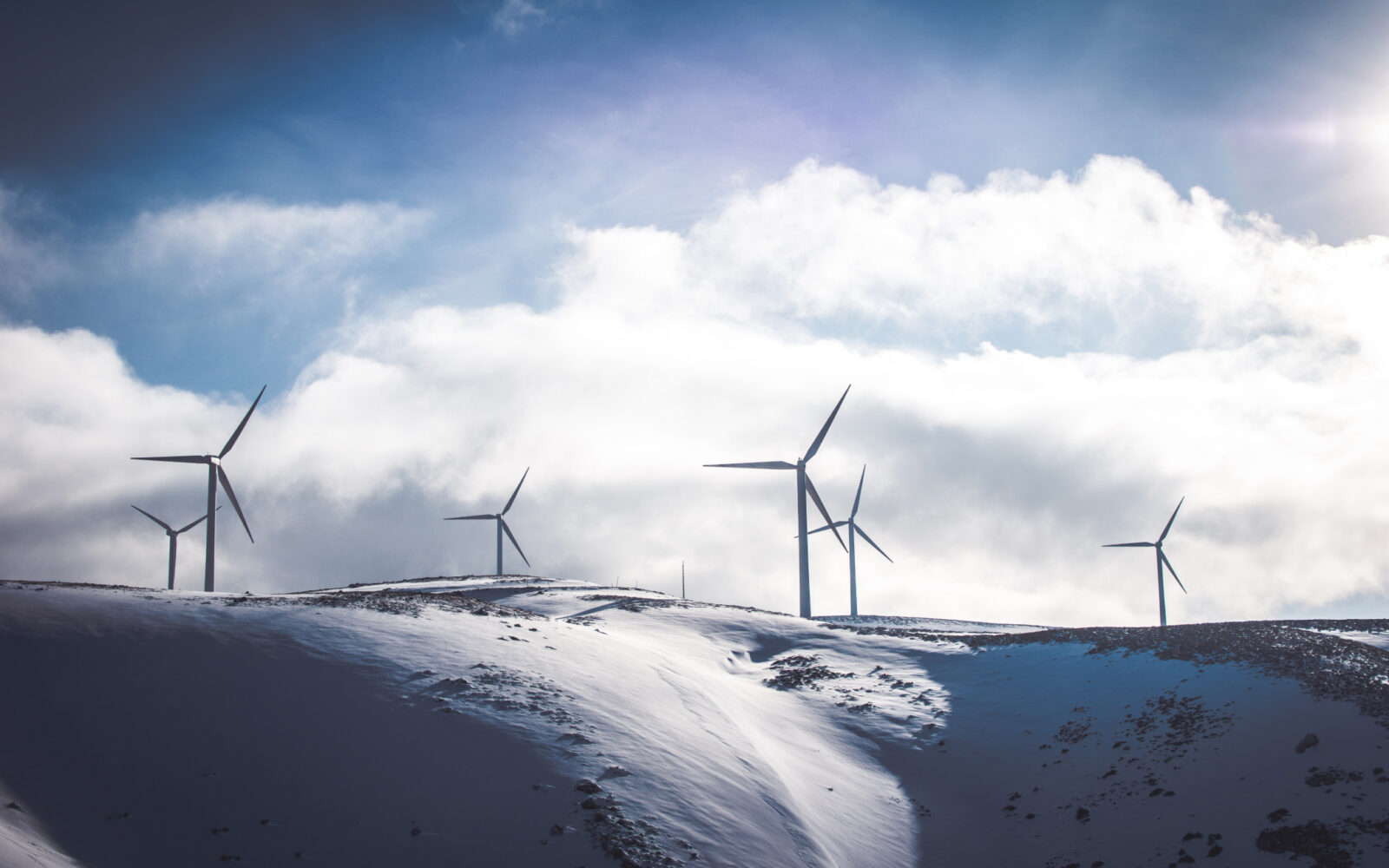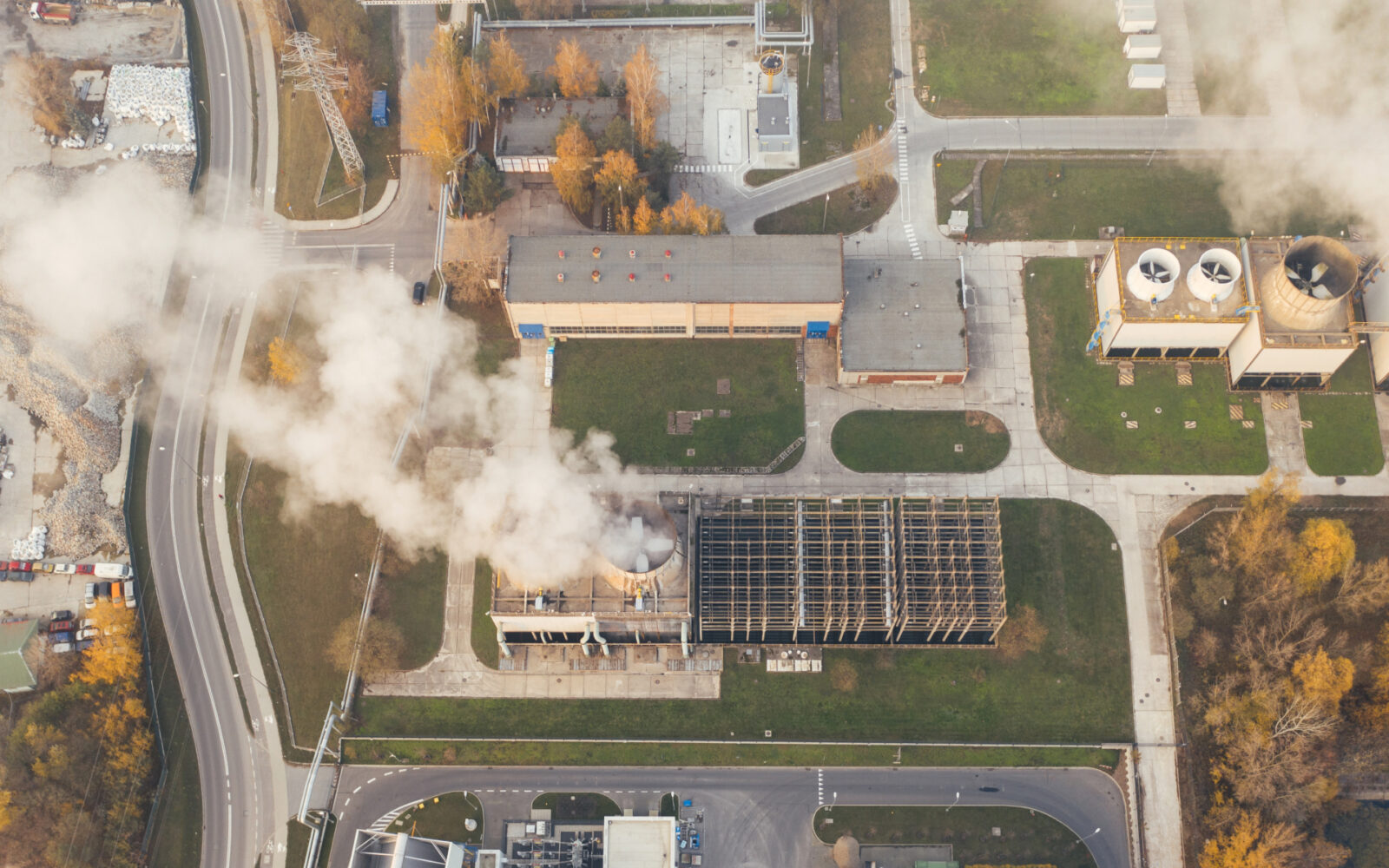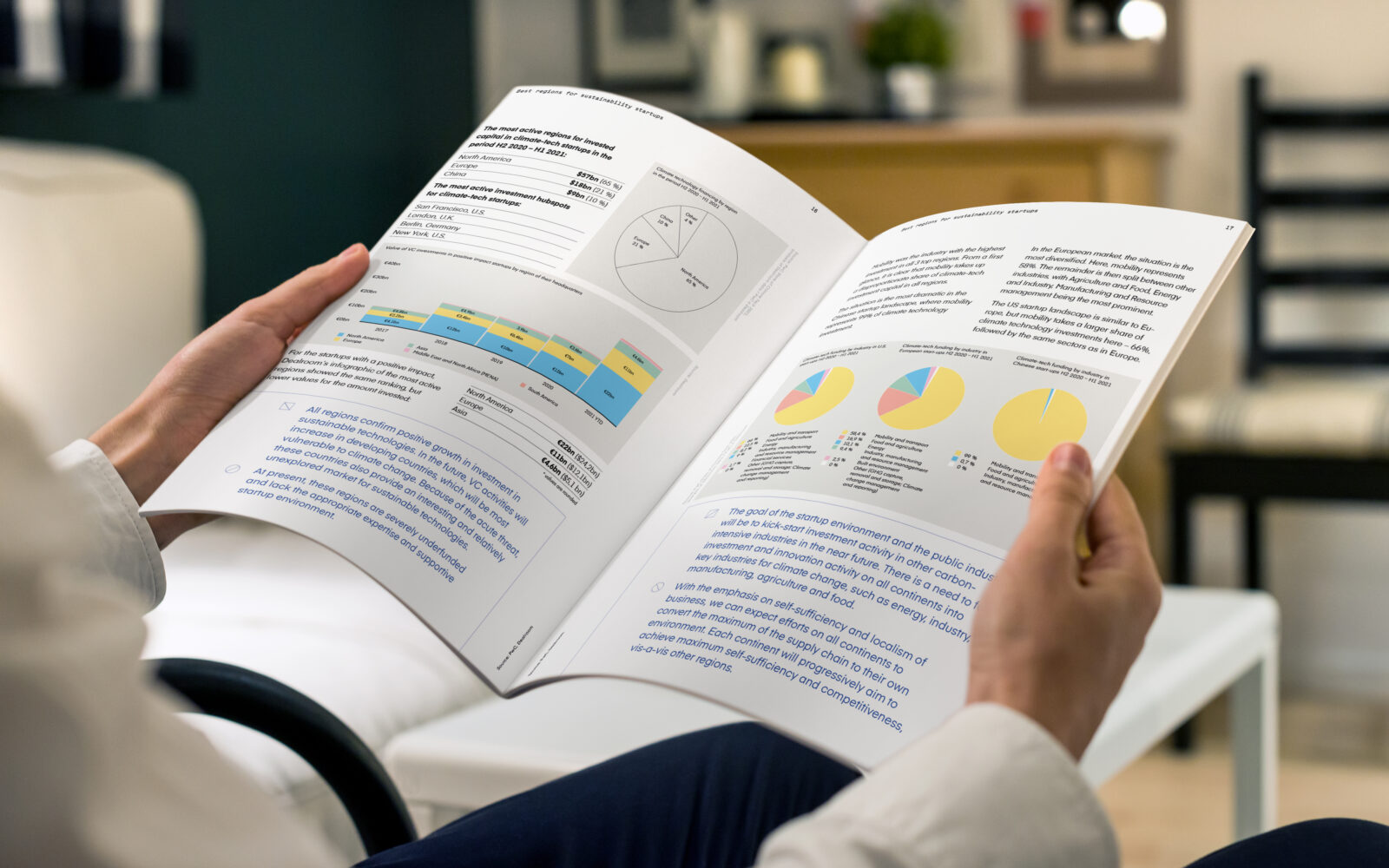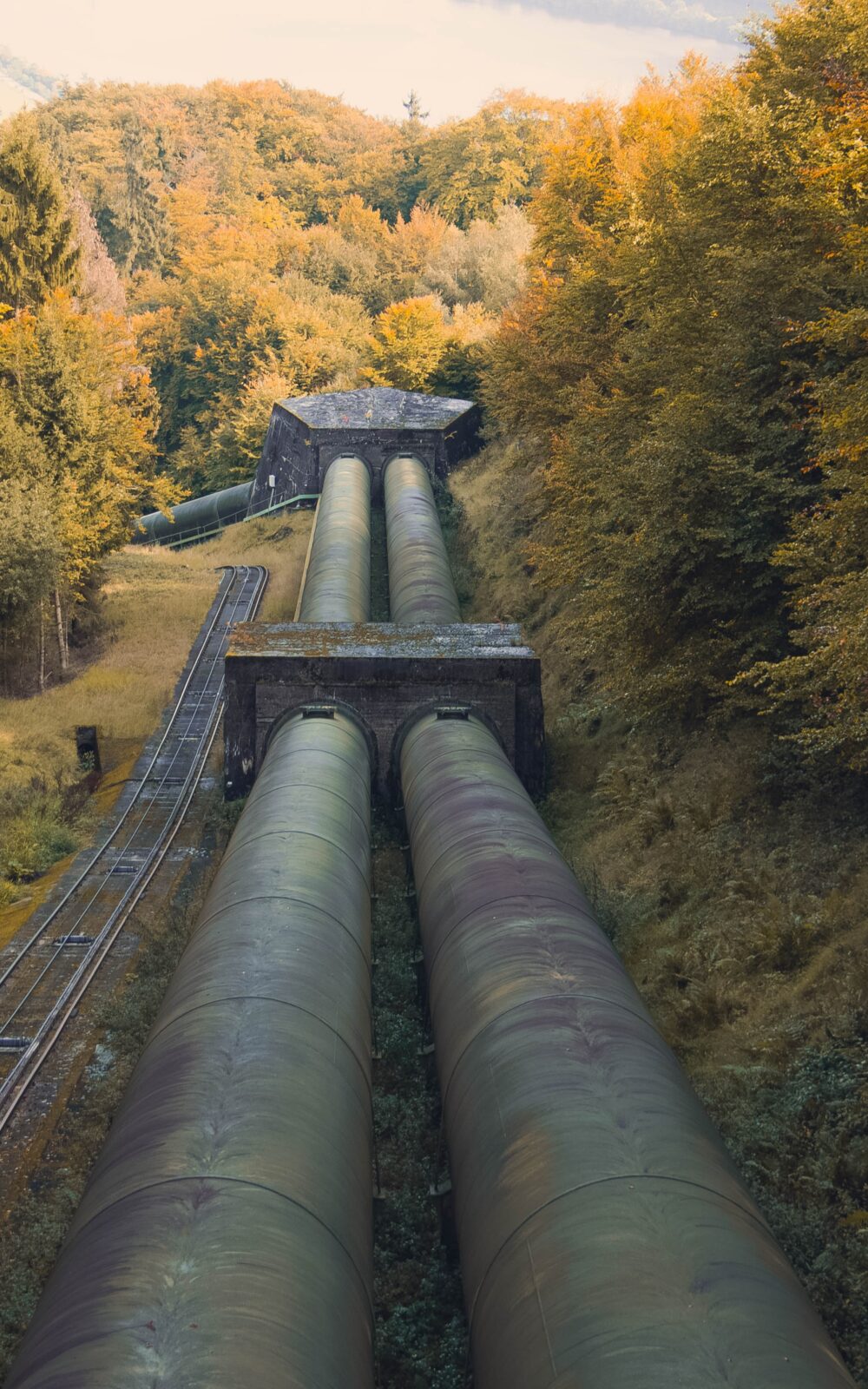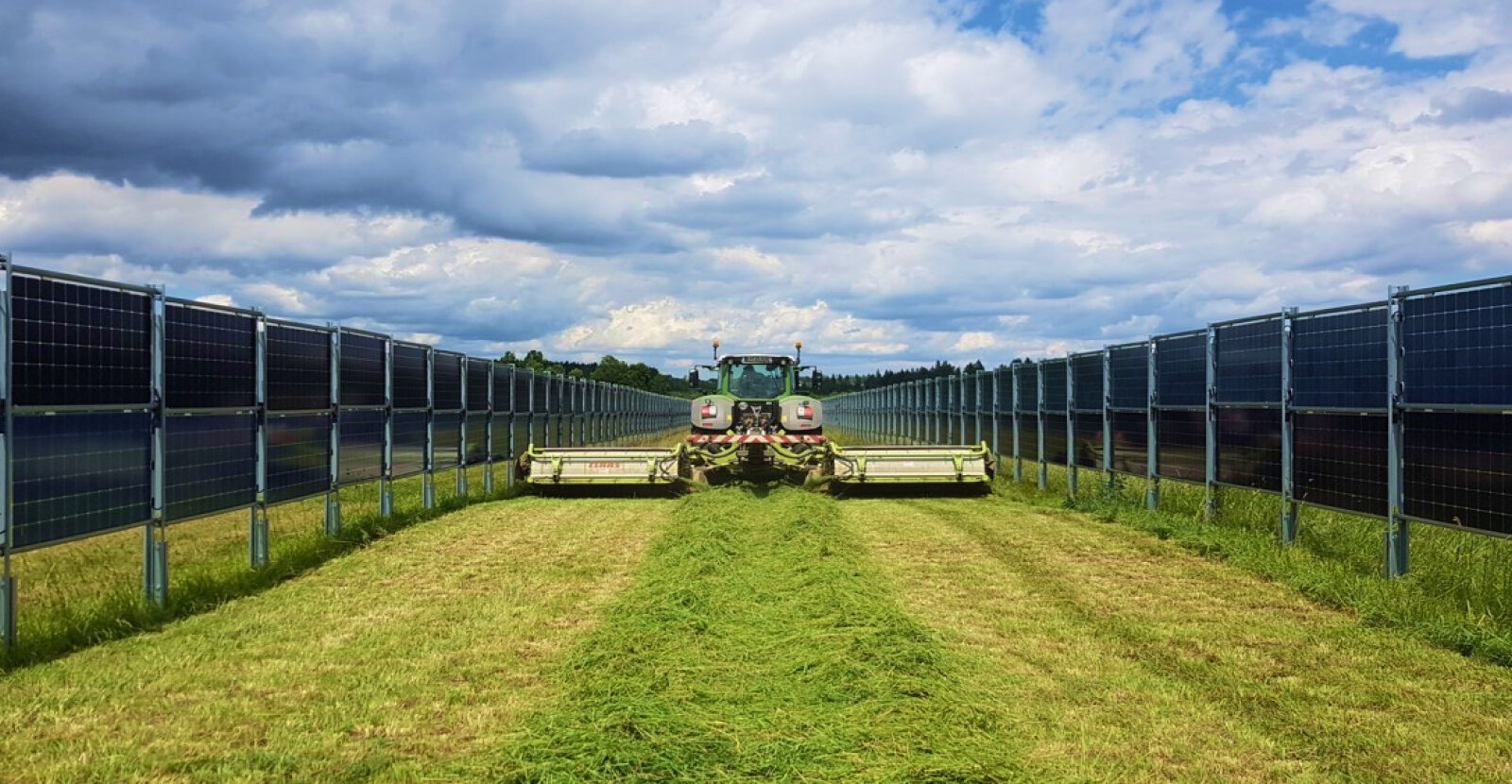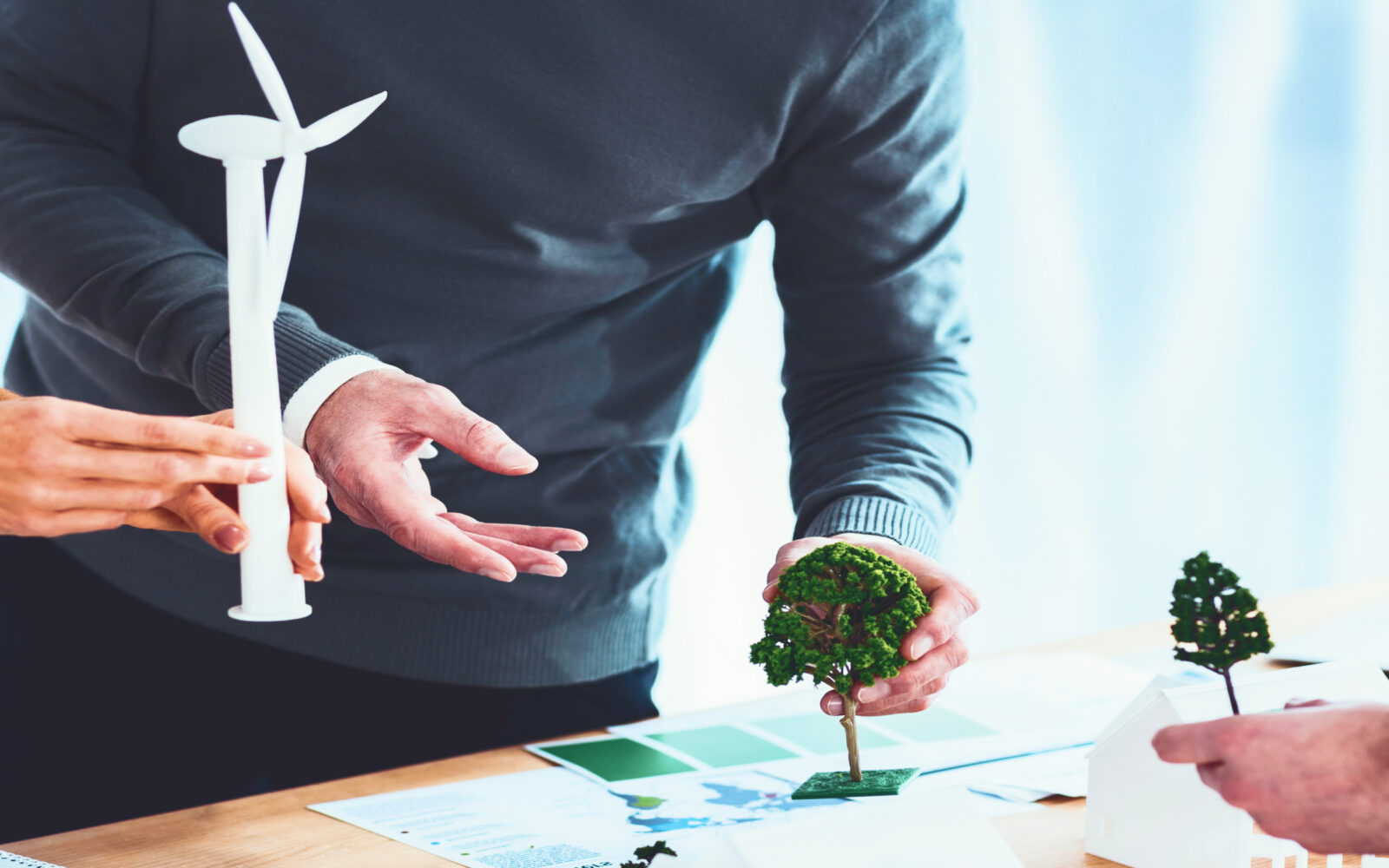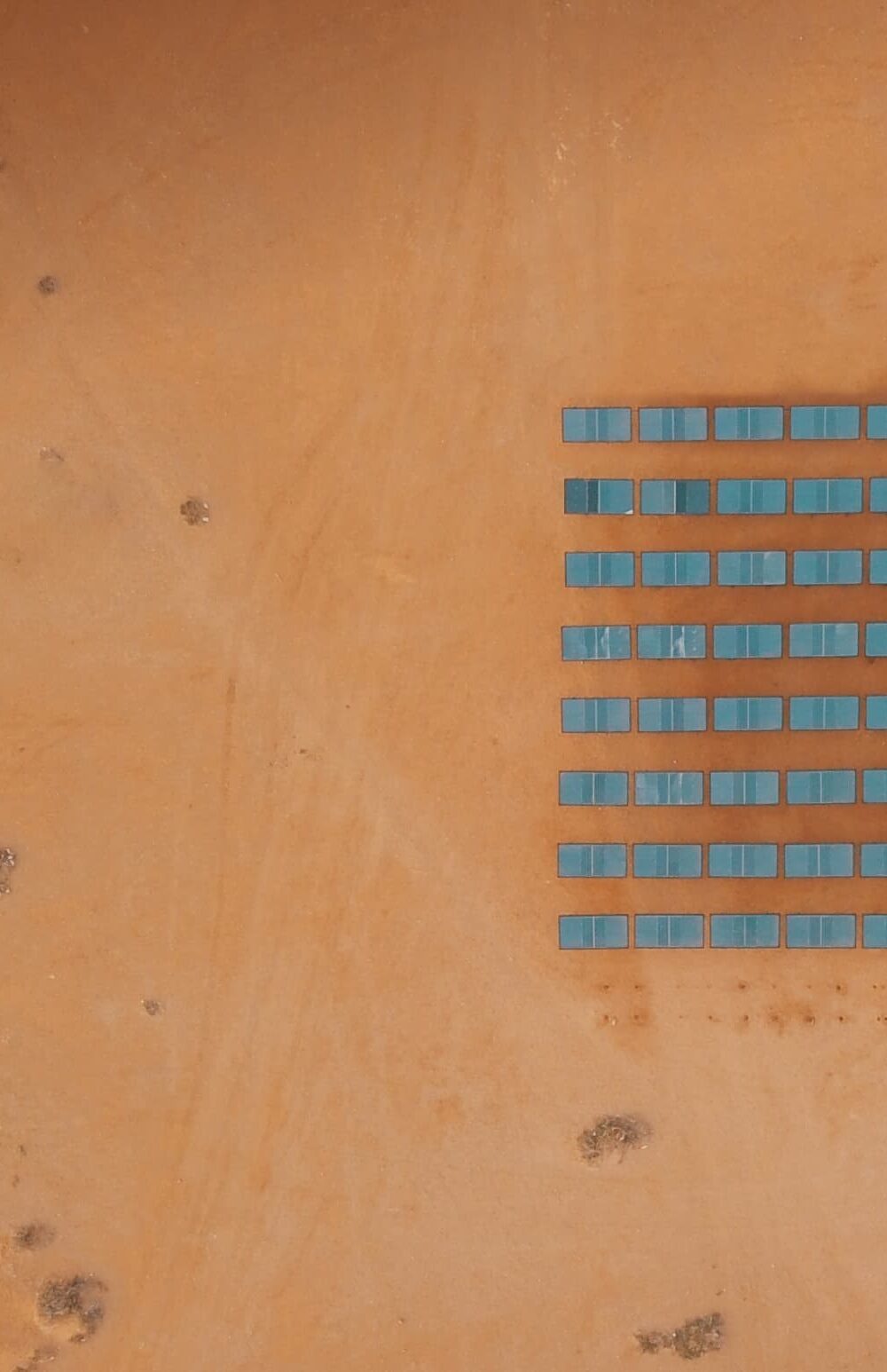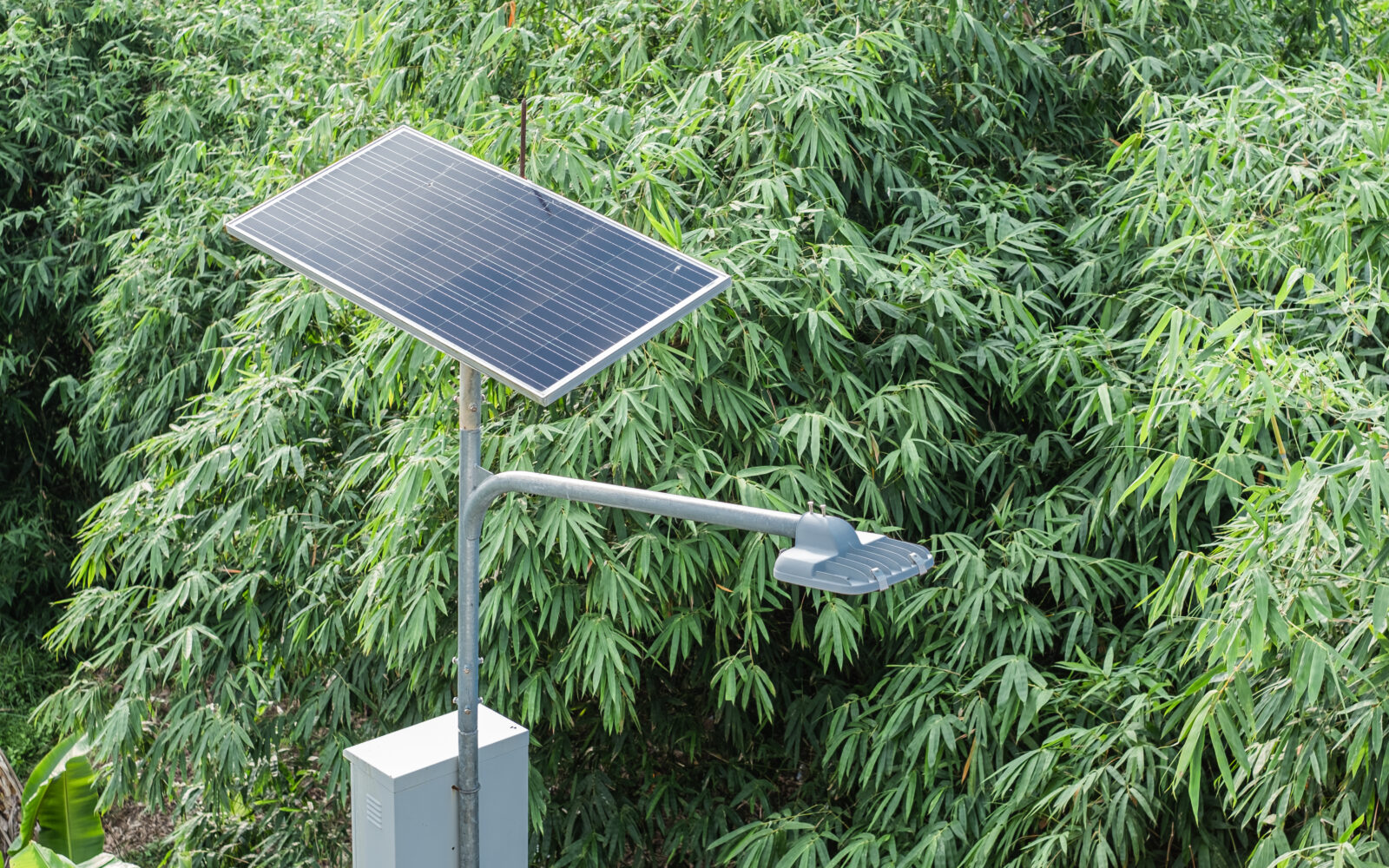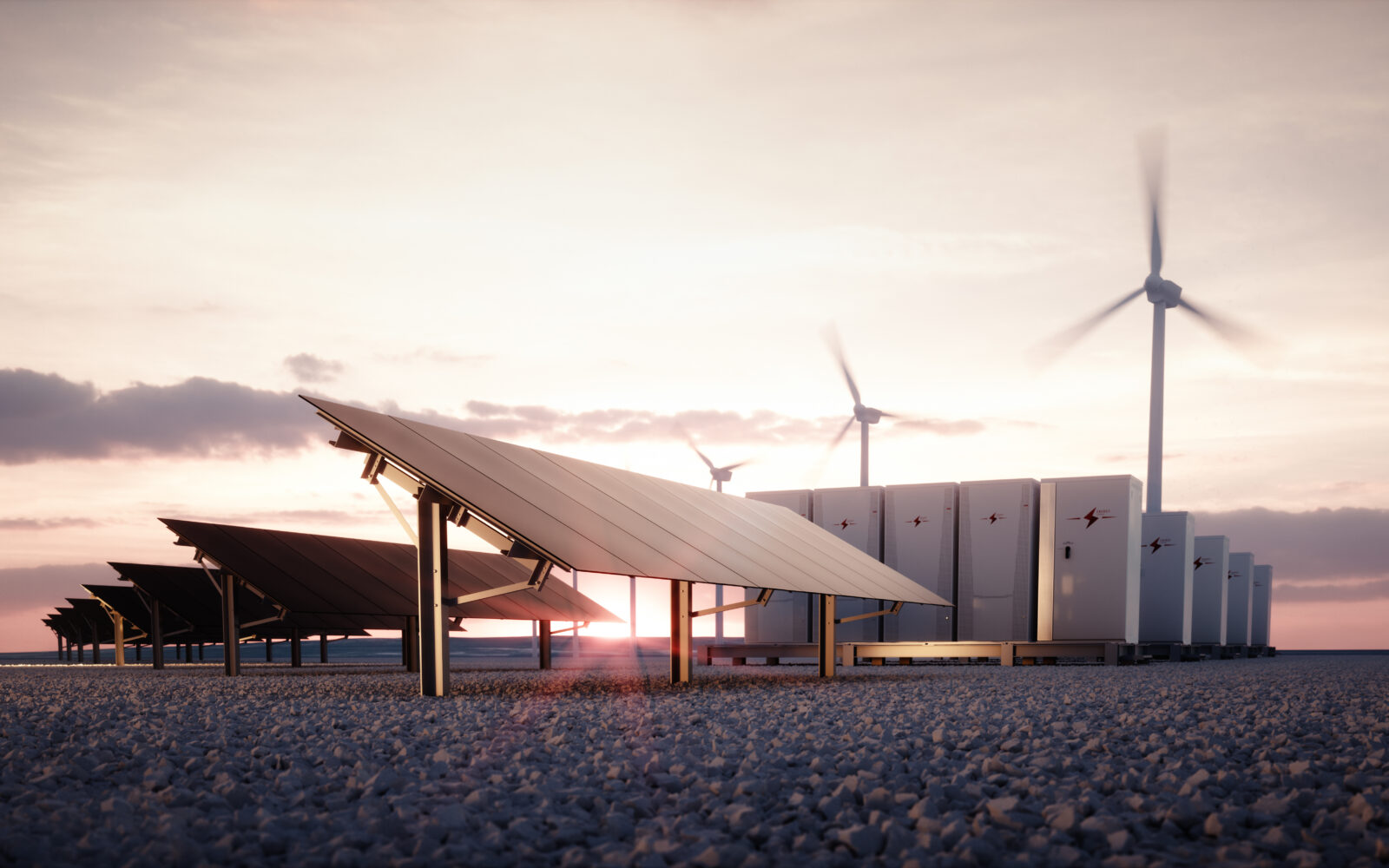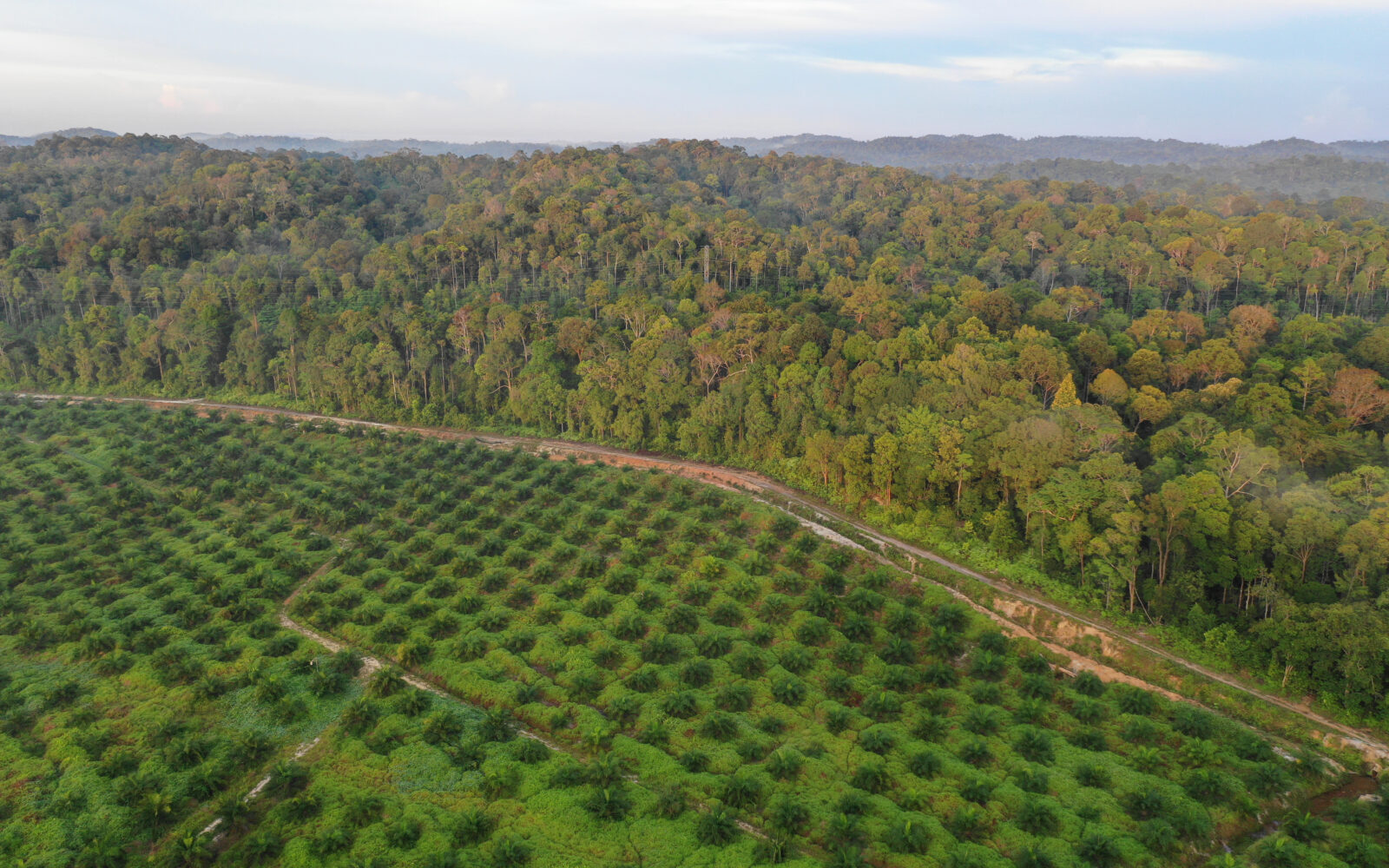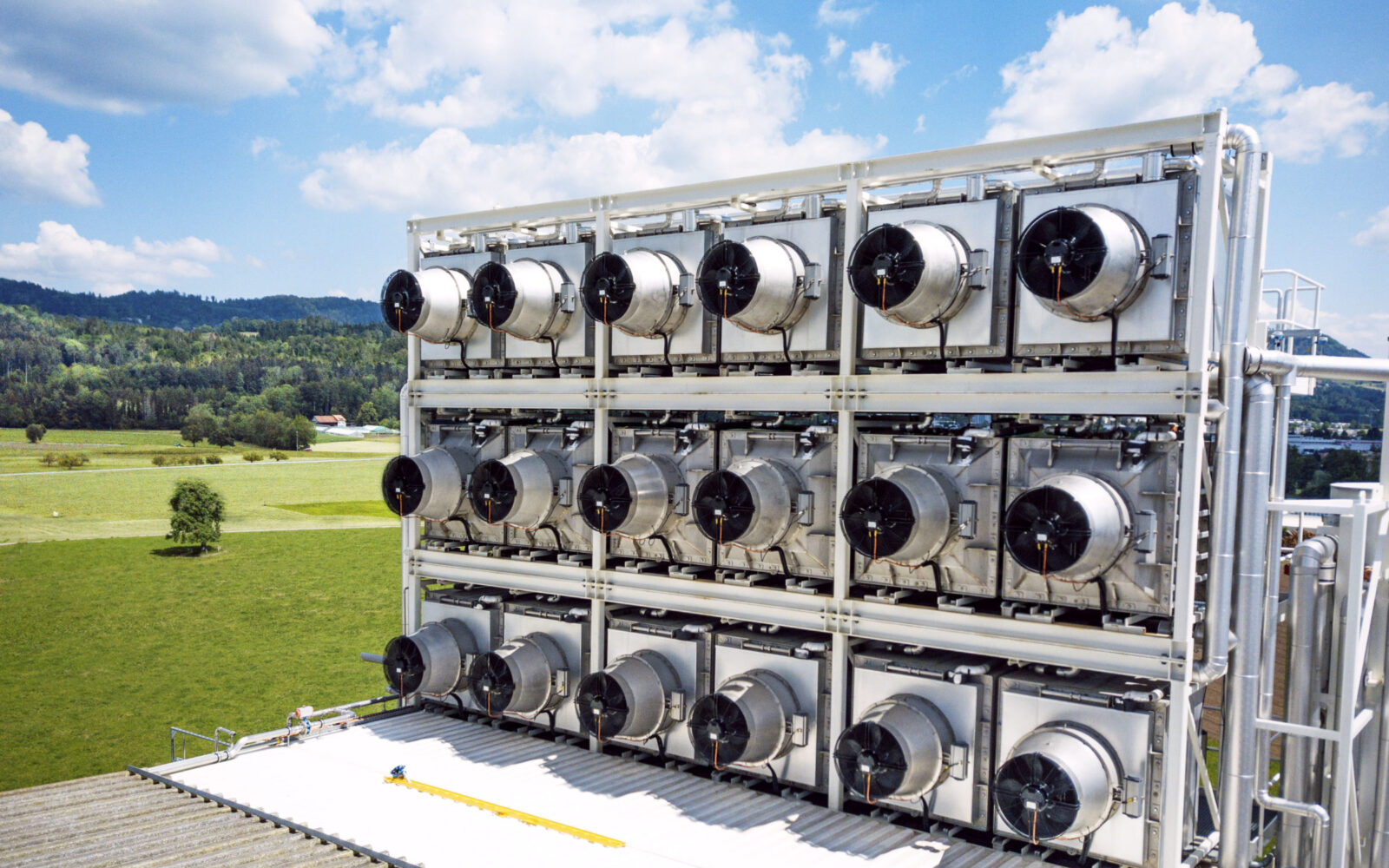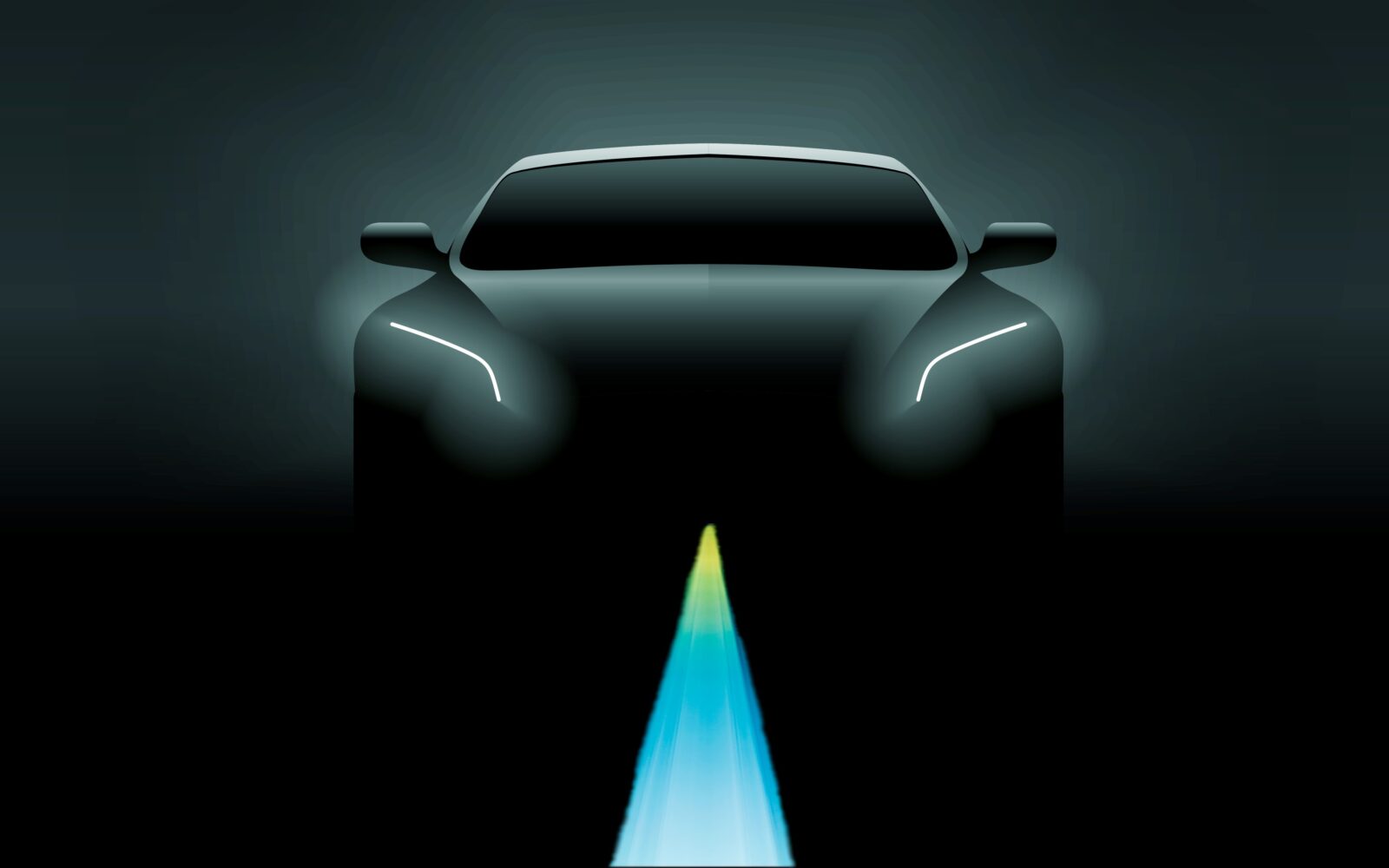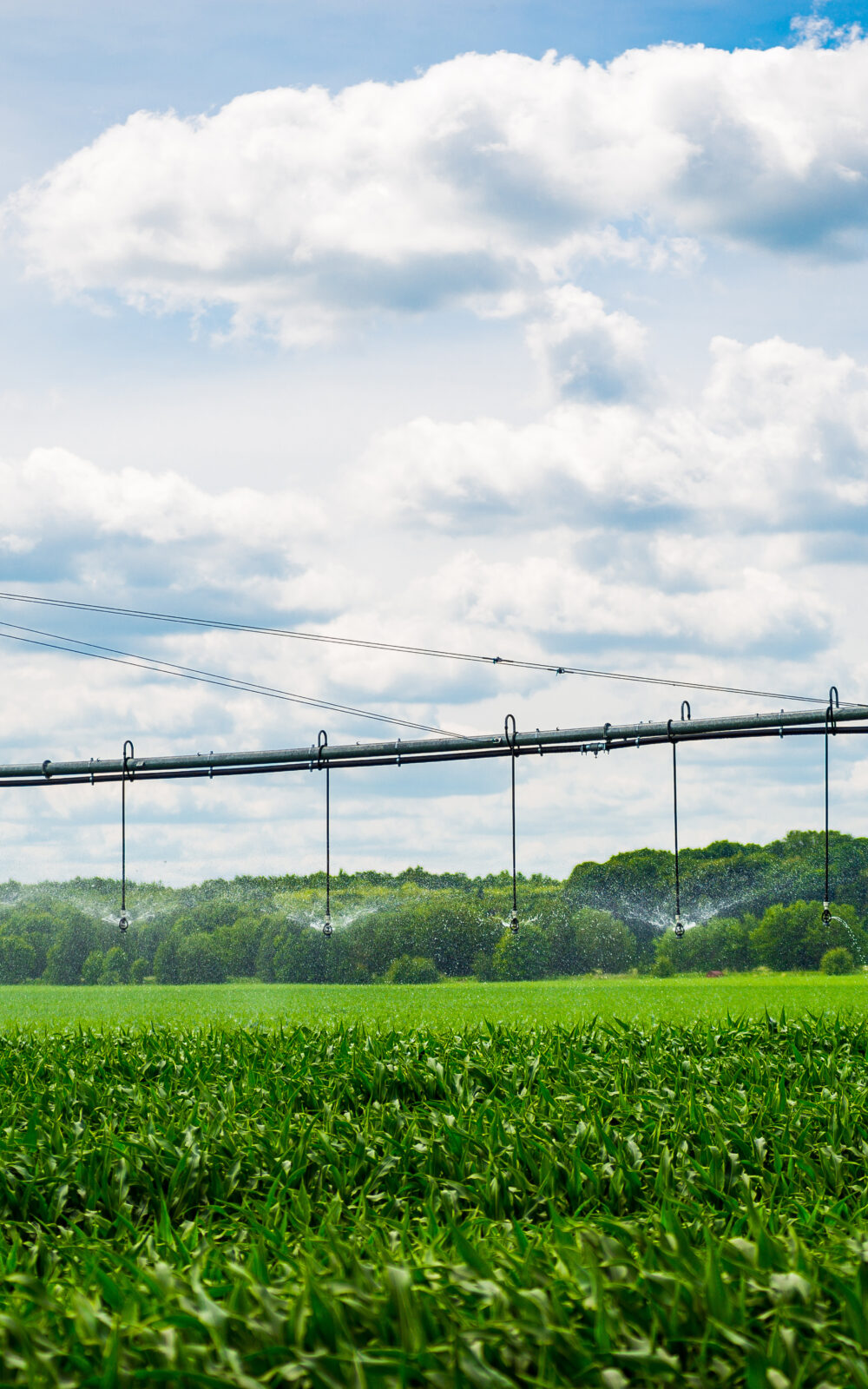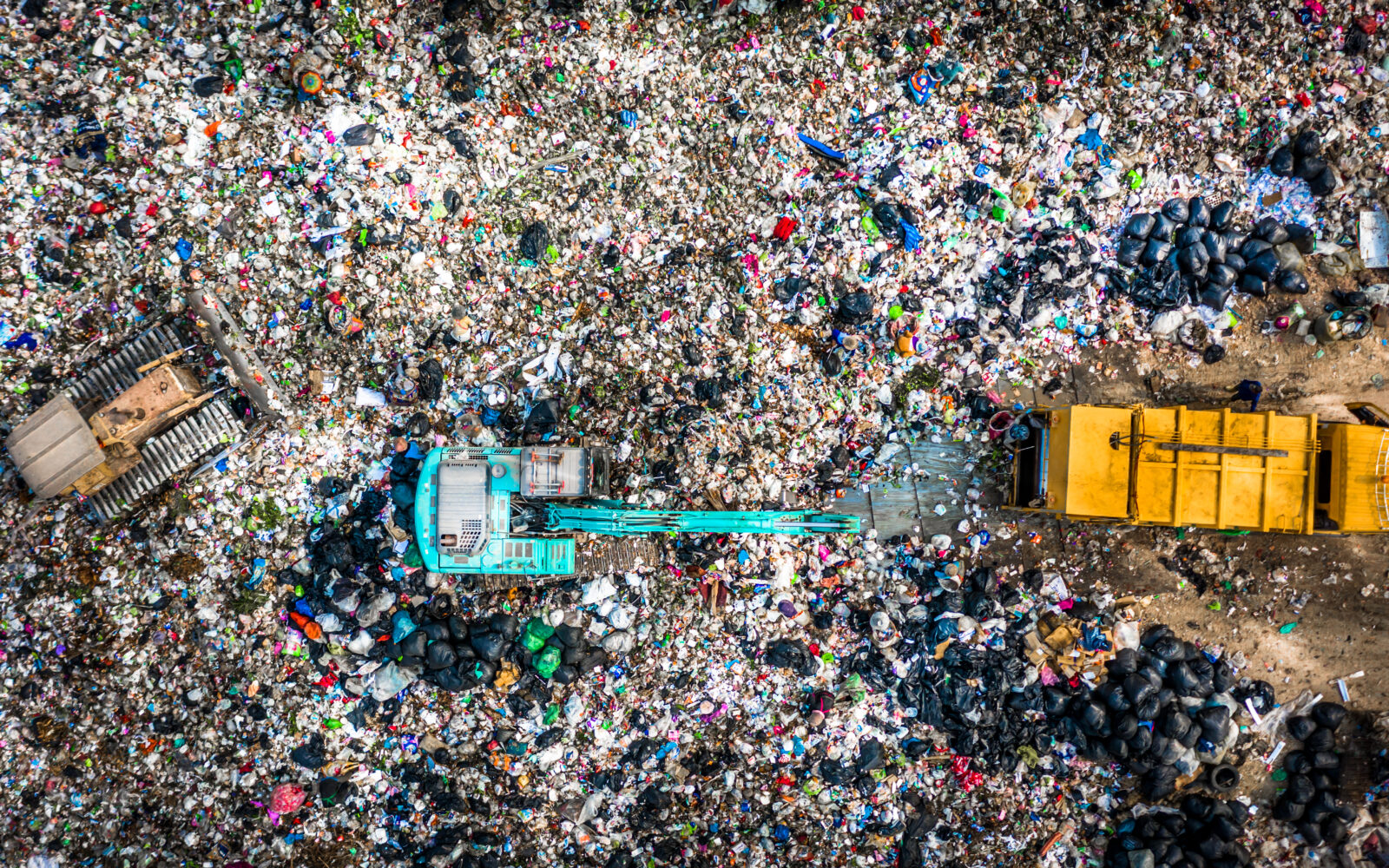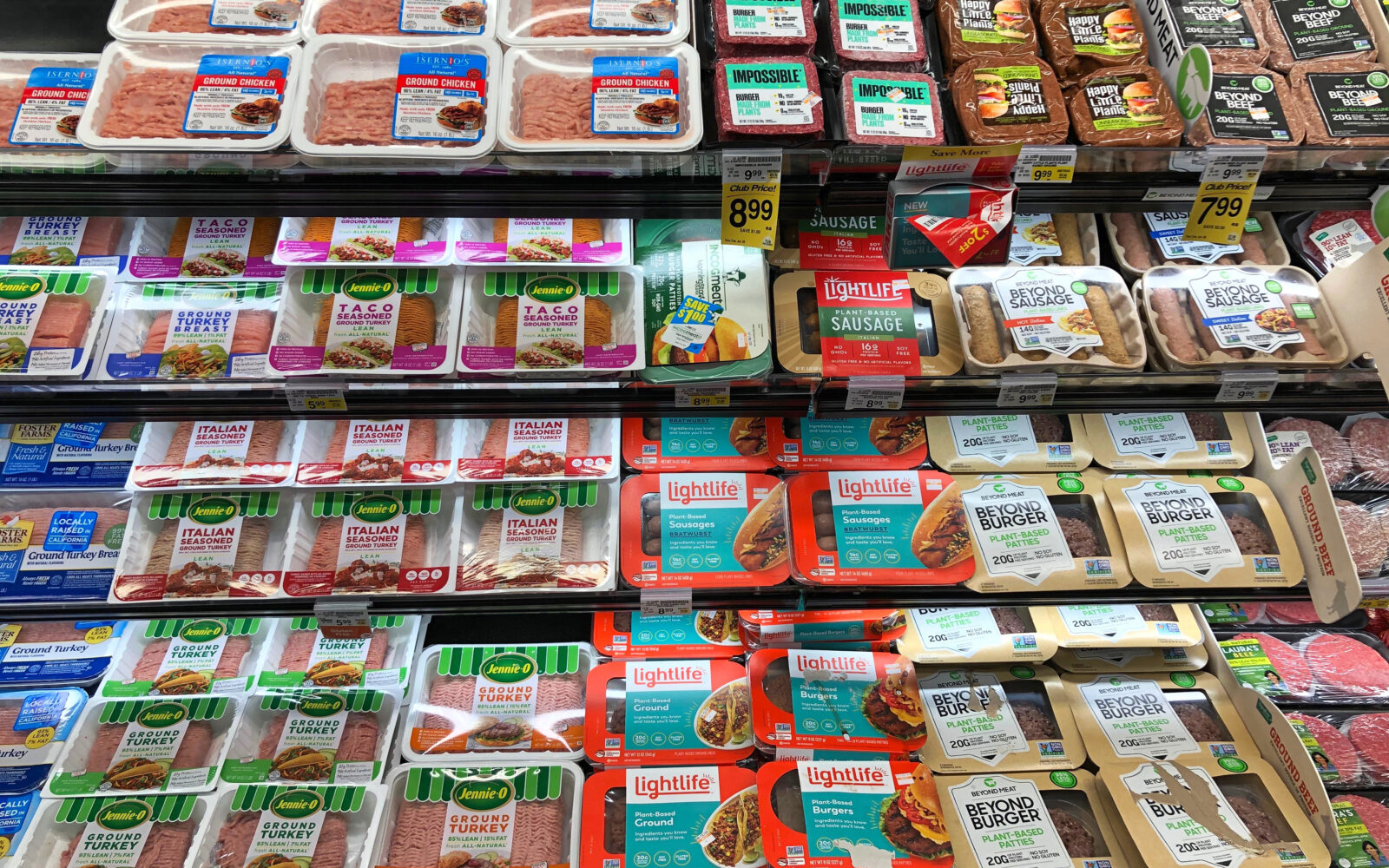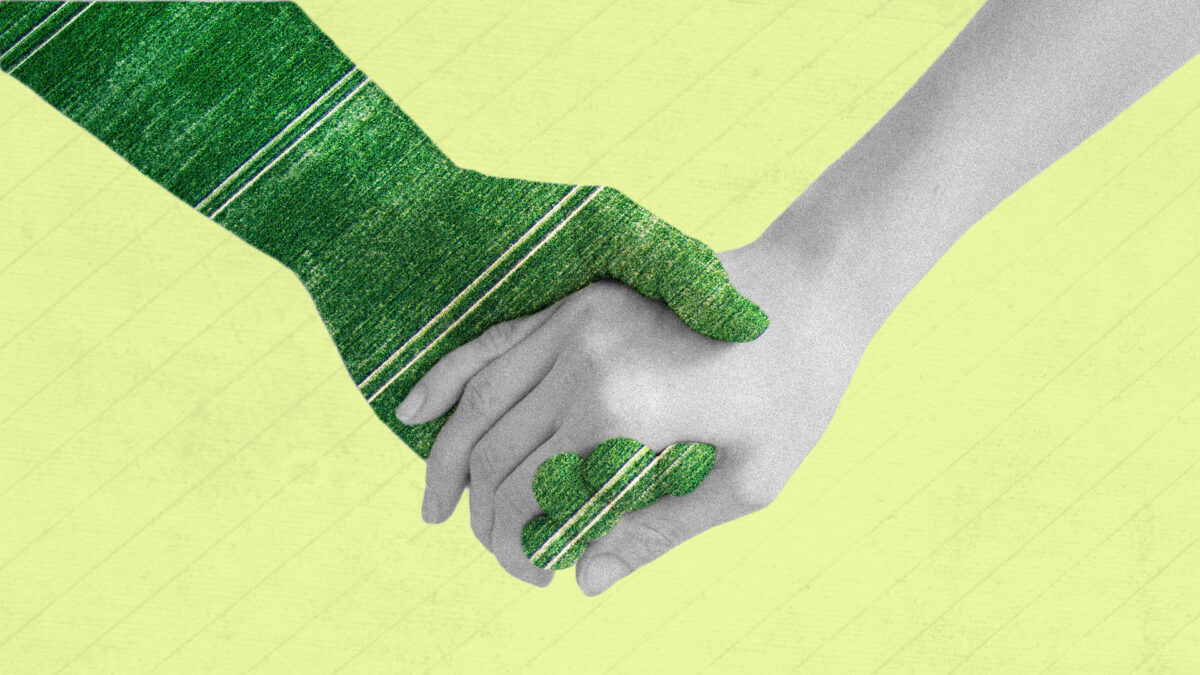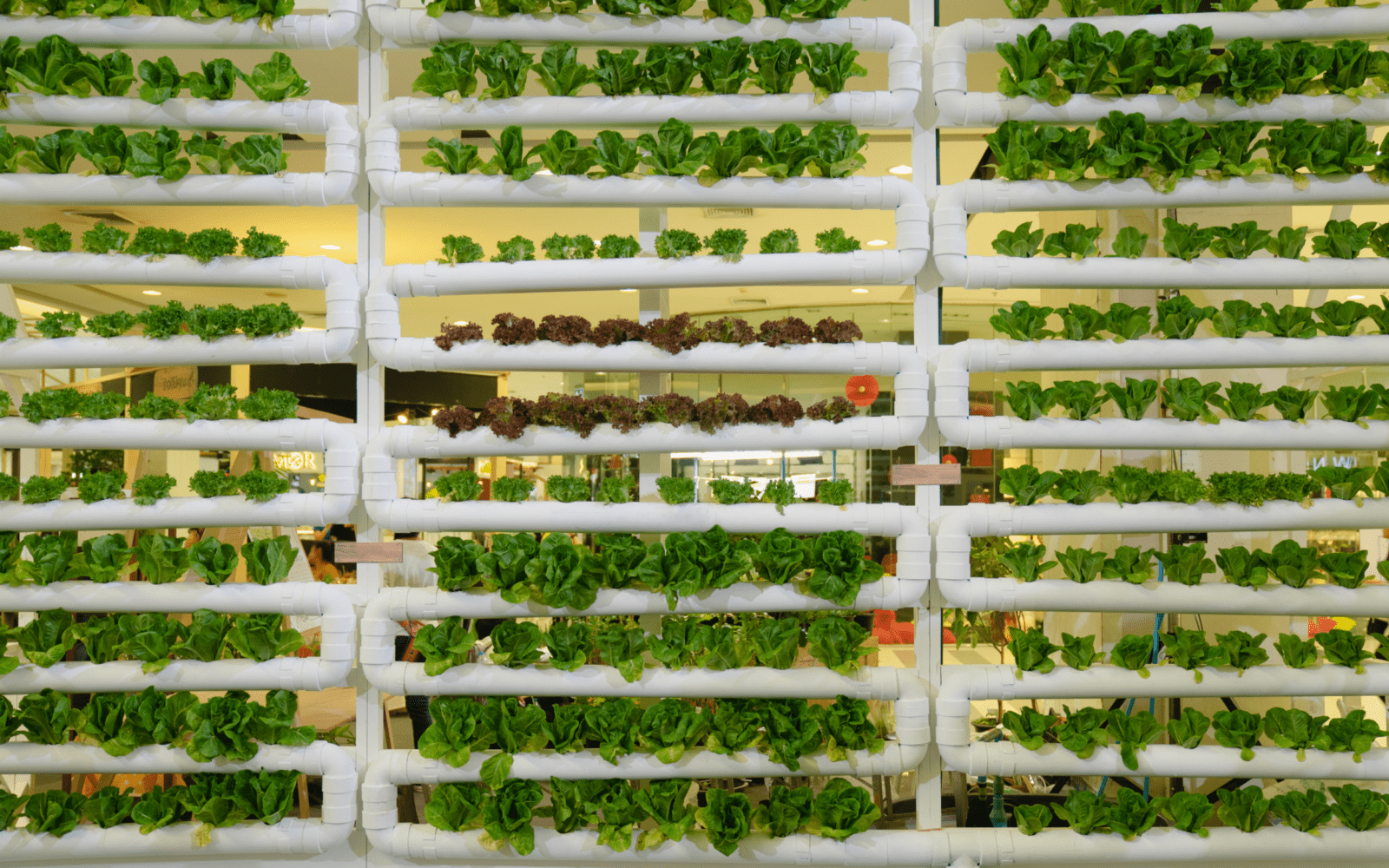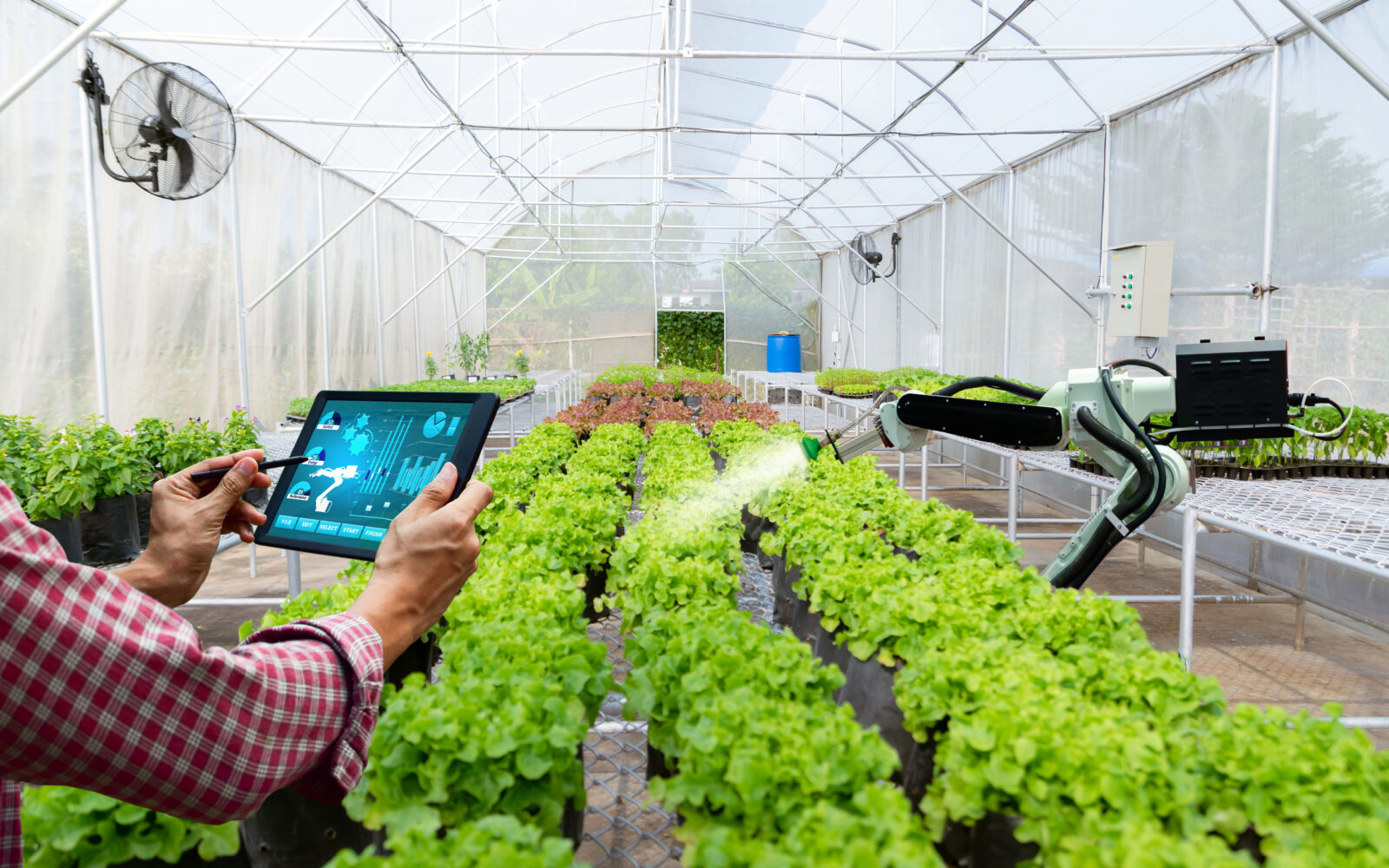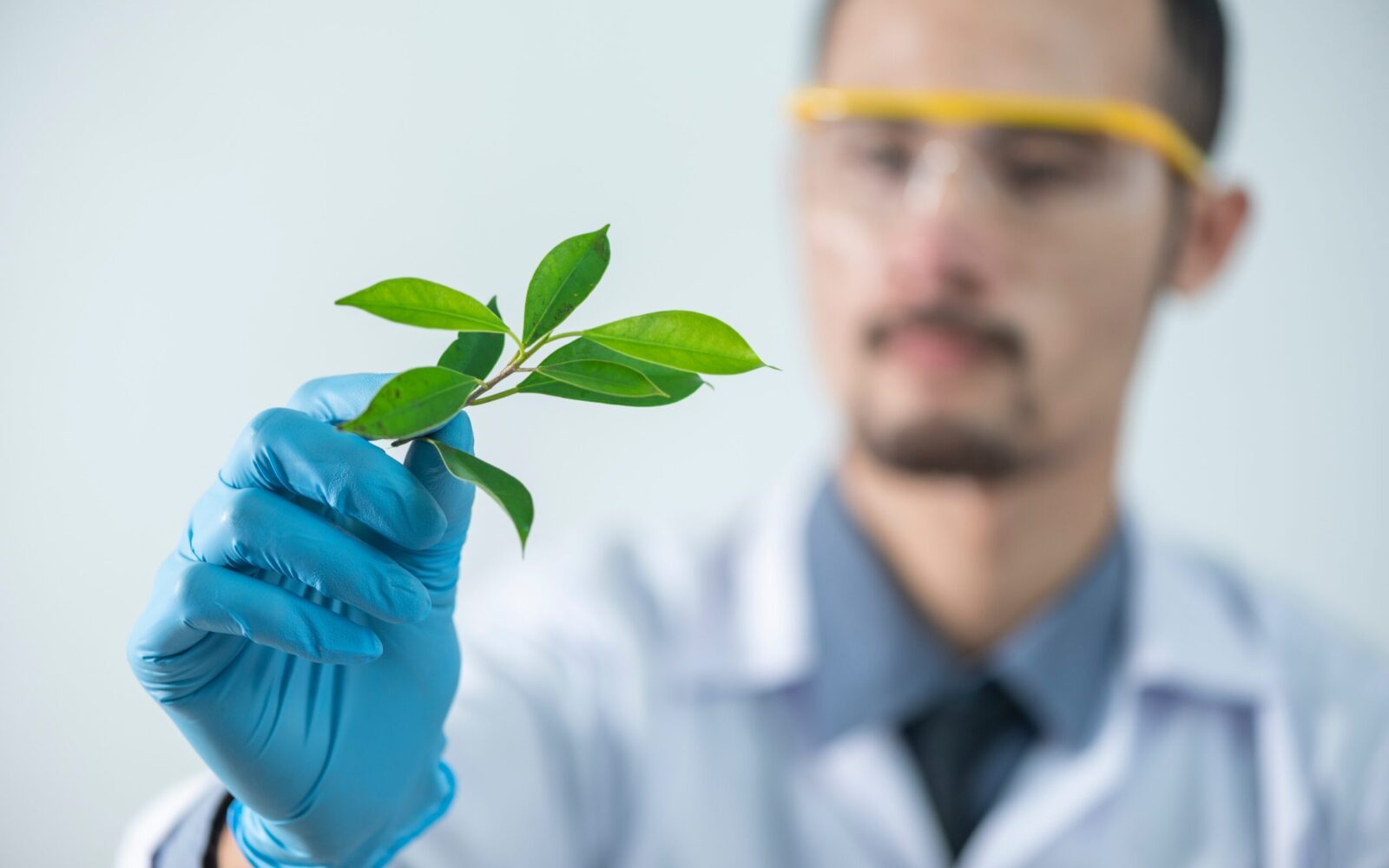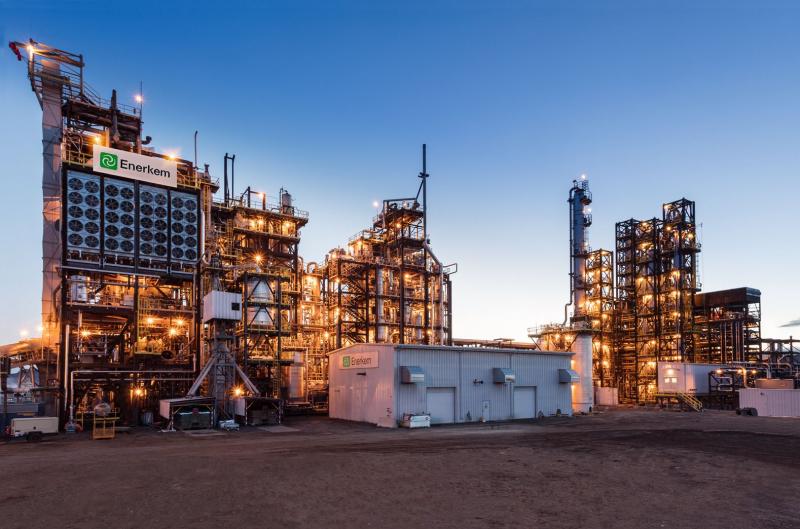When it comes to solar panels, one of the key requirements is their adaptability. Solar panels need to be installed in different shapes, in different places, made from different materials and installed at different angles too. In fact, adaptability is an aspect that is most in focus in the R&D of renewable resources. And we will introduce you one of the solutions called Agriphotovoltaics.
The goal is clear – To create solar panels with the ability to be deployed primarily on grey zones with existing elements of industrialism. And, in some cases, also within nature where solar panels could be beneficial for the local ecosystem. Yes, this could be beneficial.
Can agriphotovoltaics solve two global problems in one shot?
The loss of Earth’s biodiversity is one of the main global problems of the 21st century. We have to find ways to increase the volume of renewable resources without destroying our natural environment.
One of the possible solutions for reaching that goal is already underway, with testing and operations in many countries, and has been for a long time. In France, for example, this research has been in progress for 20 years already. We are talking about a synergetic connection between agriculture, specifically the growing of herbs, fruits or vegetables, and renewable energy, specifically solar photovoltaics, called Agriphotovoltaics.
The connection of these two industries is based on technology, which increases the transmittance of solar panels so that sunlight can also reach any flowers or vegetation below the panels. Swiss startup Insolight, which develops transparent panels, led an investment round in value of €5 million because of an increased interest in photovoltaics.
France was one of the first countries which tried to connect the two industries. For the pilot project they chose to combine solar panels with wine-making. Grapes, used for wine, are one of the most sensitive fruits to grow, in terms of climate change. Solar panels can block the strong UV waves from sunshine and protect the fruit against strong wind.
The symbiosis peaks when panels create shade from the sun and the wine creates a more humid microclimate. This is beneficial for saving water and the power of the solar panels, which can be affected by overheating and creates a better environment for wine to grow.
According to research, this led to a decrease in water need by 12 % – 34 % and the aromatic profil of the wine also improved. Scientists from Fraunhofer ISE estimate that Agriphotovoltaics could increase the efficiency of agricultural land by 186 %.
We’re still only talking about the impact of solar panels on crop production. What could be even more interesting is the potential of solar power energy-generation. According to last year’s study from SolarPower Europe, 1 % of European agricultural land has the potential to increase production by using agriphotovoltaic’s 700 GW of energy.
For comparison, 1 GW of energy should be able to power up 9,090 Nissan Leafs or to light up 110 million LEDs. Now multiply these two numbers by 700 and you get the real value of the potential.
There is a need for further research and pilot testing of agriphotovoltaics in the near future, in different climates and used on different crops, to get relevant feedback on where the new agriculture system is most efficient.
Czech law restricts the creation of an agriphotovoltaic market
The agriphotovoltaic concept is not very well known in the Czech Republic because of state law which restricts its existence. It happens a lot in the world of new technology – that government, state and law block the creation of new markets and companies.
At the moment, the Czech Republic is potentially losing the opportunity to be part of the creation of an agriphotovoltaic market which bears the aspects of being sustainable, and potentially financially lucrative, in the future.
This concept is dealing with two global problems at once – the deployment of new renewable power plants and the improvement of crop production stability. A more stable crop production means more stable economic profits for farmers.
If we oversleep, there is a chance that Czech startups that focus on agriphotovoltaics will not even have the chance to succeed within global markets, because there will not be an established environment to support their growth. More likely, the market would already be overrun with foreign startups.
A second scenario: startups who want to be focused on agriphotovoltaics will go abroad, to countries where the supporting environment is in development or is already developed. They will take their positive impact on the environment, economy and social sphere with them, leaving out the Czech Republic.
Now we must wait for further research and development which could answer some questions we still have. If these questions will be answered positively, by verified data, we can start to discuss a possible change in law that would allow the creation of the right environment for an agriphotovoltaic market. Then we can start to incubate and accelerate the next agriphotovoltaic startups!
Sources
https://www.obnovitelne.cz/clanek/1445/podane-ruce-mezi-zemedelstvim-a-solarni-energetikou-agrivoltaika/
https://link.springer.com/article/10.1007/s13593-019-0581-3
https://www.researchgate.net/publication/312854250_Photovoltaic_agriculture_-_New_opportunity_for_photovoltaic_applications_in_China
https://www.researchgate.net/publication/229408925_Combining_solar_photovoltaic_panels_and_food_crops_for_optimising_land_use_Towards_new_agrivoltaic_schemes
https://www.solarpowereurope.org/agri-pv-how-solar-enables-the-clean-energy-transition-in-rural-areas/
